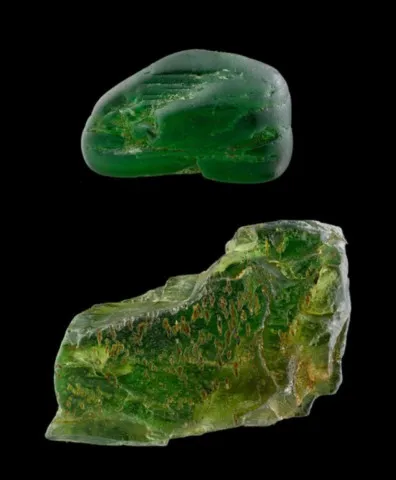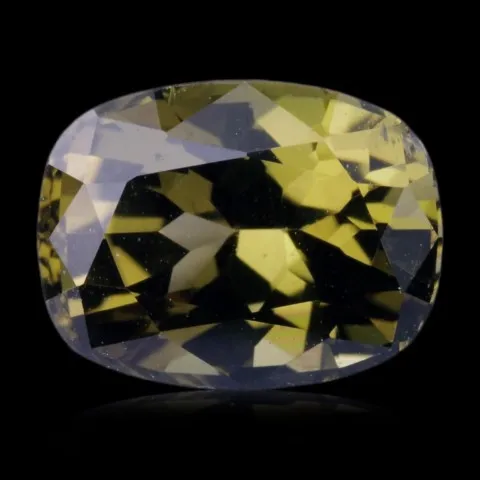KORNERUPINE
Class : Silicates
Subclass : Nesosilicates
Crystal system : Orthorhombic
Chemistry : (Mg,Fe)4Al6(Si,Al,B)5O21(OH,F)
Rarity : Quite common
Kornerupine is a complex boron silicate present in highly metamorphosed aluminous rocks (amphibolite to granulite facies), as well as in metamorphosed anorthosite complexes. It accompanies other minerals symptomatic of intense metamorphism (sapphirine, corundum, cordierite, sillimanite, etc...). Kornerupine forms with or instead of tourmaline if boron is sufficiently abundant ; it can replace or be replaced by grandidierite. It was named in honor of the Danish geologist Andreas Nikolaus Kornerup. Kornerupine occurs in prismatic crystals up to 20 cm, often united in radiated aggregates. Its color is very variable : from colorless to black, with predominance of blue, green and dark brown-green tones. It is quite often cut as a gemstone.
Main photo : Kornerupine from Kyauk-wa, Mogok, Myanmar © Harald Schillhammer
Kornerupine in the World
Twinning
No twins known for this mineral species.
Fakes and treatments
No fakes recorded for this mineral species.
Hardness : 6 to 7
Density : 3.29 to 3.35
Fracture : Undeterminated
Streak : White
TP : Opaque to transparent
RI : 1.660 to 1.684
Birefringence : 0.014
Optical character : Biaxial -
Pleochroism : Low
Fluorescence : None
Solubility : Hydrofluoric acid
Magnetism : NoneRadioactivity : None


